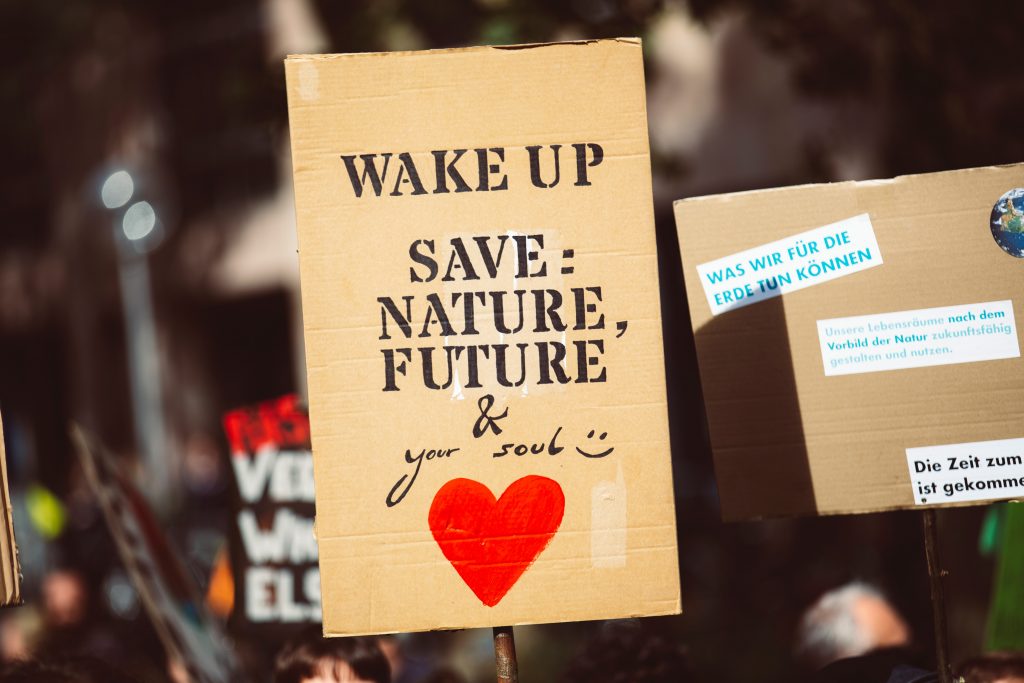
By: Steven L. Yamshon, Ph.D., Managing Principal
The United Nations (UN) Intergovernmental Panel on Climate Change (IPCC) just released their 6th climate change assessment and now the UN is calling for a “red alert”.
Although I believe that climate change is mainly caused by human activity and there is ample evidence to demonstrate this, climate models are far from perfect. It would be impossible to make any prediction with complete accuracy so far into the future because there are too many variables. These variables are constantly shifting because one variable affects the other. Climate change models are useful in letting us know what direction we are going in and what we need to do about it. I believe that a good majority of us want something to be done about climate change, but does it call for the immediate and drastic reshaping of global economies and lifestyles? I think not. The reality of the situation calls for calm and good thinking. Remember, the IPCC is also a political document that is designed to spur governments into action, something that governments do poorly. Rapidly decarbonizing while destroying the global economy and people’s source of income is not the answer. Combating climate change is extremely important but it is only one of the 9 planetary boundaries that are being affected by humans. The loss of biodiversity and biochemical flows are just as important to our survival as climate change is, but those two boundaries get much less attention. According to the Stockholm Resilience Center, climate change is in a zone of uncertainty (Chart 1) but not beyond that while habitat loss and pollution are at the critical level.
Chart 1: Stockholm Resilience Center’s Planetary Boundaries
Susan Solomon, of MIT, wrote a paper in 2009 that stated carbon can remain in the atmosphere for up to 1000 years. Solomon also assessed that climate change is irreversible and that it may take at least 100 years for greenhouse gasses to begin to dissipate. You can access Solomon’s paper here: https://www.pnas.org/content/106/6/1704.
According to Solomon, the complete cessation of greenhouse gases will have little effect in the foreseeable future. In other words, the change in temperatures due to climate change or otherwise, cannot be turned on and off like a light switch. It takes time.
Does this mean that we should give up and go along our merry way and continue to spew out greenhouse gas emissions, deplete our natural resources, and pollute our oceans, streams, and waterways? The clear answer is NO! What we need is more investment to balance our needs with the environment and I believe this is achievable. By doing so we can move towards a circular economy (Chart 2) which will better balance resources used with resource needs.
Chart 2: The Circular Economy
Policy makers need to think about mitigation and adaption. If Solomon is correct, then people will have to think about adapting to a warmer climate. This might involve moving out of fire prone areas or using less water. It could mean reducing electricity usage by turning out the lights at night. Do you drive by empty high rise office buildings at night and wonder why all the lights are on in the various offices? I do!
Mitigation is where technology and investment can play a large part in helping combat greenhouse gasses that will accumulate in the atmosphere, not for now, but for the future. There are two types of mitigation technologies that can help reduce greenhouse gasses: Negative Emission Technologies that remove and sequester carbon from the air and SRM Technologies which is a type of climate engineering in which sunlight would be reflected to space. Both are moonshot types of projects but remember so were many other innovations such as gene editing, cloning and the personal computer.
What is needed is more investment in mitigation and adaption strategies that will start to really combat the long-term problem of climate change. Enough time has passed since the adoption of the UN Social Development Goals in 2015. Now we need to ask how we are progressing, and the evidence doesn’t look good. On average the world will need to spend about $800 billion per year on developing these new technologies if we are to make a dent in climate change for the future. Investing in green technologies is good for the planet and good for you and presents an opportunity for investors.
Disclosure: BFSG does not make any representations or warranties as to the accuracy, timeliness, suitability, completeness, or relevance of any information prepared by any unaffiliated third party, whether linked to BFSG’s web site or blog or incorporated herein and takes no responsibility for any such content. All such information is provided solely for convenience purposes only and all users thereof should be guided accordingly. Please see important disclosure information here.






































